Marjorie Turner Hollman is an author, creator, and observer who loves the outdoors. Link to all Marjorie’s books.
LISTEN HERE:
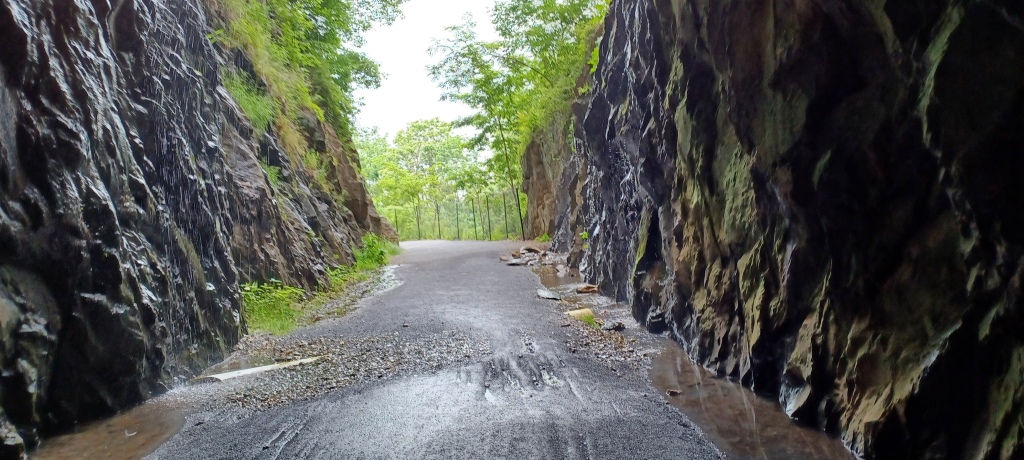
It’s a long drive from New England where we live, to Tennessee, where our grandboys (and their parents!) are. On our way there, or when traveling back toward home, we make a point of stopping places that offer Easy Walks, (not too many roots or rocks, relatively level with firm footing, and something of interest along the way). After a recent visit, we headed for the Blue Ridge Parkway in Virginia, but before we got onto the parkway itself we stopped at the Blue Ridge Tunnel.

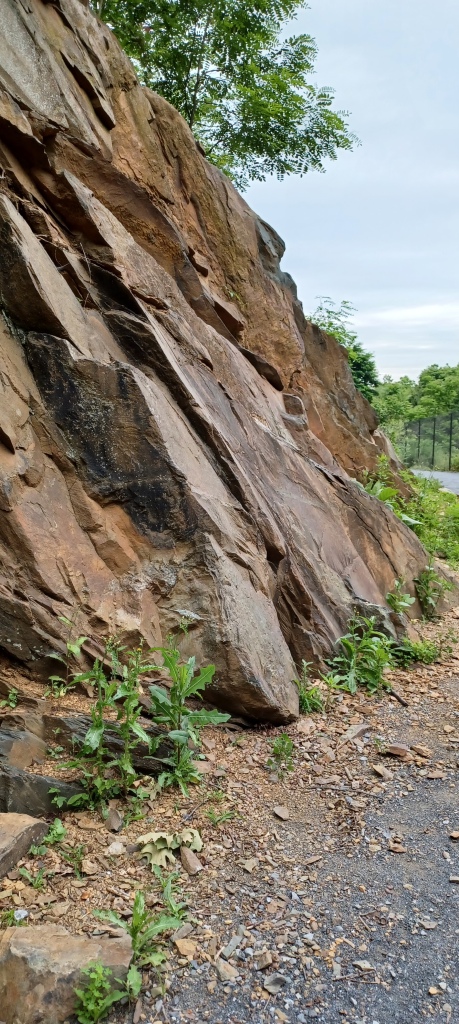
The weather forecast had called for rain. On a cool, misty morning in late May, taking a short walk to a tunnel seemed like a good choice. And it was! Raincoats came in handy as we approached the tunnel through the mist, and once inside we were grateful for something waterproof as we dodged the drips in the tunnel itself.
The West Entrance to the Blue Ridge Tunnel turned out to be less accessible for me so we headed over to the East Entrance. It promised a more level path and shorter distance (just a little over half a mile) to reach the tunnel. Parking there is much easier to navigate (56 spaces) than the west entrance, which is a one-way loop.
The West Entrance to the Blue Ridge Tunnel required a much longer walk and had steep grades, so we headed over to the East Entrance.

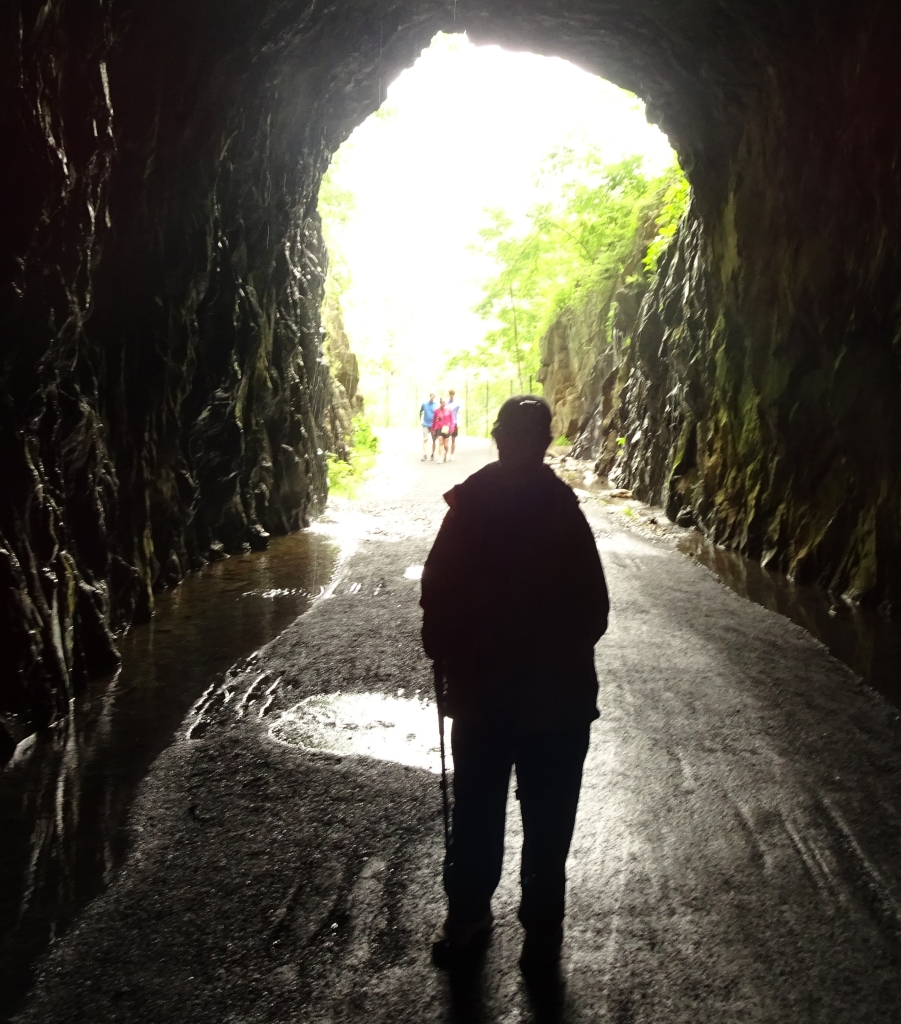
Visitors are urged to bring flashlights. The tunnel itself is about 0.75 miles in length but is mostly quite dark, with no artificial lighting. It was carved through hard rock. This former rail bed is rutted making footing tricky, especially without a flashlight or head lamp.
While the East entrance is handicapped accessible, as you walk underneath (well, inside) the mountain, the trail surface itself does not lend itself to wheelchairs. I was grateful for my hiking poles. Despite using our head lamps, the low light made walking challenging for me. As we walked, water dripped down the rock face.
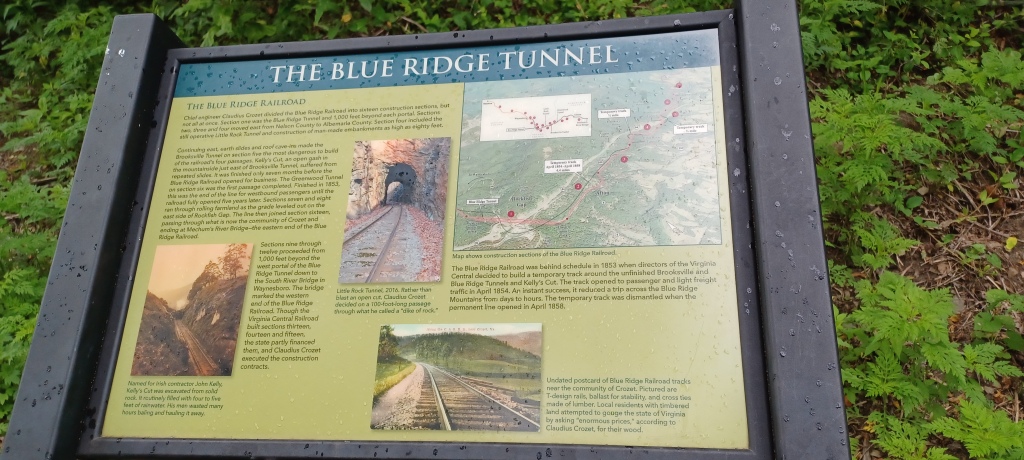
The informational plaque near the tunnel’s entrance sketches out the history of its construction. Diagrams and narrative provide a glimpse of what it took to establish rail service in the late 1850s in this mountainous area. Men worked (and some died) during the construction that, once finished, provided a path for trains to transit under the mountain. Black slaves were rented out to the company that was building the structure. Irish immigrants, mostly from County Cork, used shovels and black powder to remove the rock from the proposed tunnel.
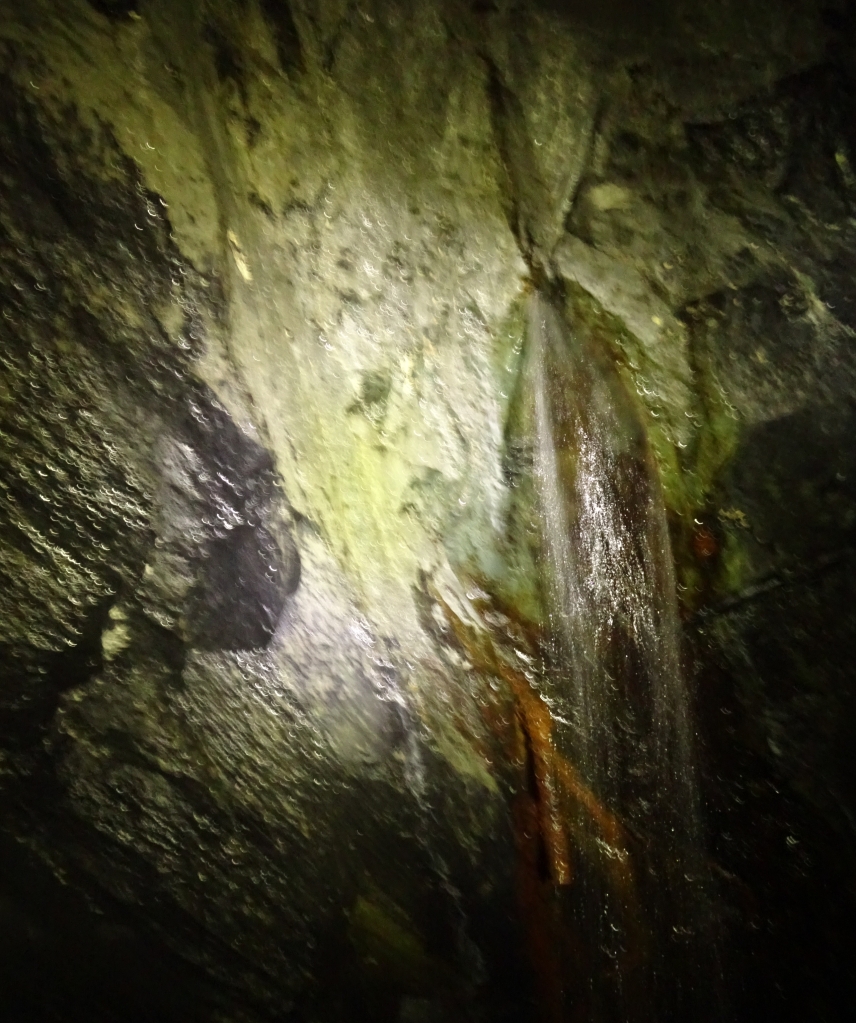
After reading the details of the tunnel construction, I felt deeply moved by the still visible signs of the drills that created holes in the rock face. We traced the drill marks, what is left behind after the rock removal process. These holes were filled with black powder, an unstable blasting material prone to untimely explosions. Dynamite, which offered a much safer way to cut through rock, was invented by Alfred Nobel after this tunnel was complete.
The Blue Ridge Parkway is deservedly famous. The Blue Ridge Tunnel in Virginia, not something I’d heard about before, was also well-worth the trip.
Happy trails!
Marjorie

